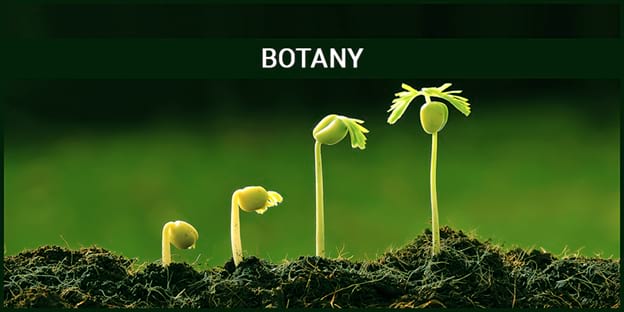Building on morphological understanding, this chapter takes students beneath the surface to explore the internal tissues and cellular organization of flowering plants. We examine the complex arrangement of tissue systems including dermal, ground, and vascular tissues across roots, stems, and leaves. Students will learn about primary and secondary growth patterns and how anatomical features relate to physiological functions. Through microscopic examination of plant tissues, students develop technical skills in histological techniques while gaining deeper insight into how internal structures support plant survival and growth.
Complete Chapter-wise Hsslive Plus One Botany Notes
Our HSSLive Plus One Botany Notes cover all chapters with key focus areas to help you organize your study effectively:
- Chapter 1 Biological Classification Notes
- Chapter 2 Plant Kingdom Notes
- Chapter 3 Morphology of Flowering Plants Notes
- Chapter 4 Anatomy of Flowering Plants Notes
- Chapter 5 Cell: The Unit of Life Notes
- Chapter 6 Cell Cycle and Cell Division Notes
- Chapter 7 Transport in Plants Notes
- Chapter 8 Mineral Nutrition Notes
- Chapter 9 Photosynthesis in Higher Plants Notes
- Chapter 10 Respiration in Plants Notes
- Chapter 11 Plant Growth and Development Notes
